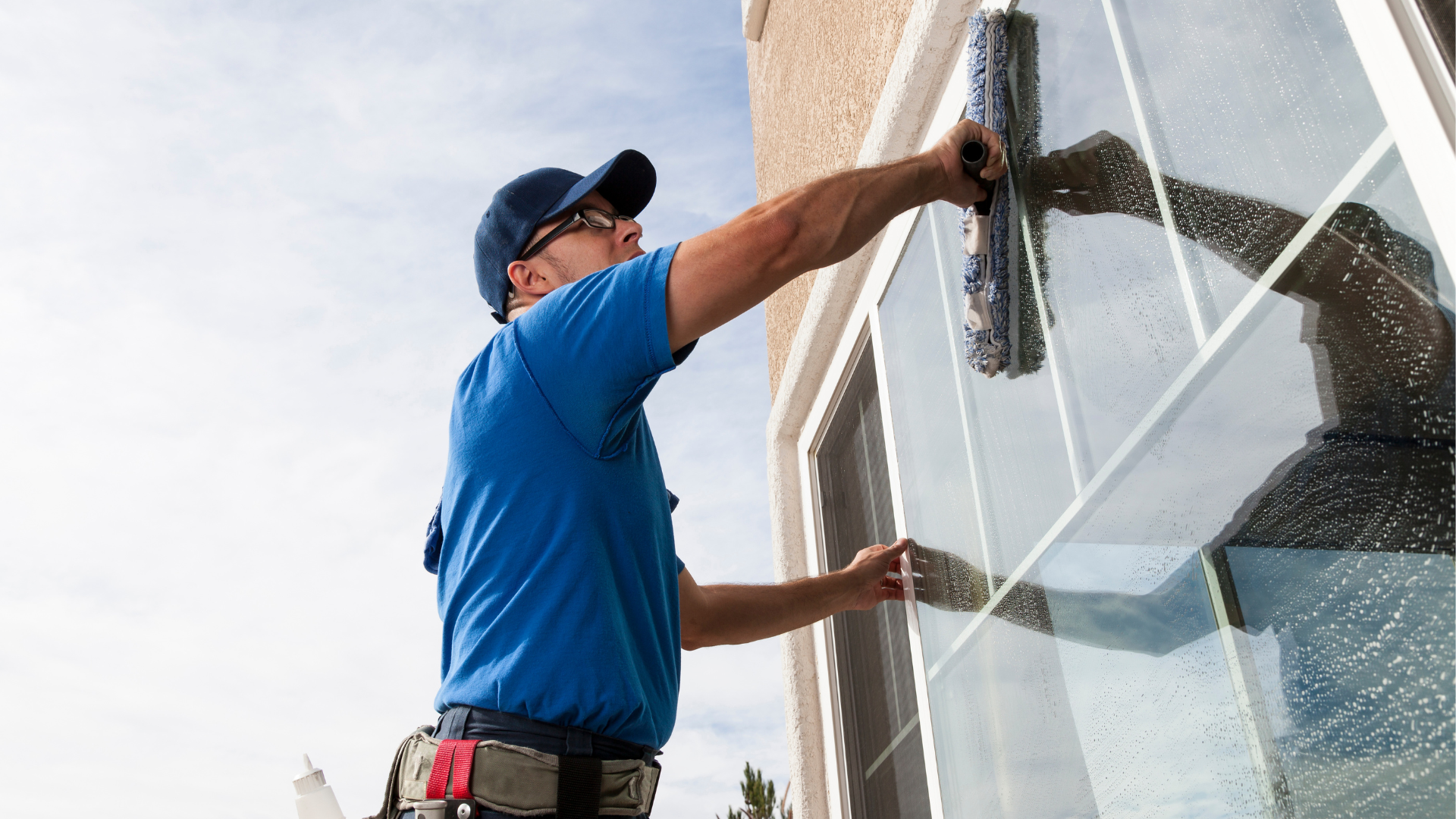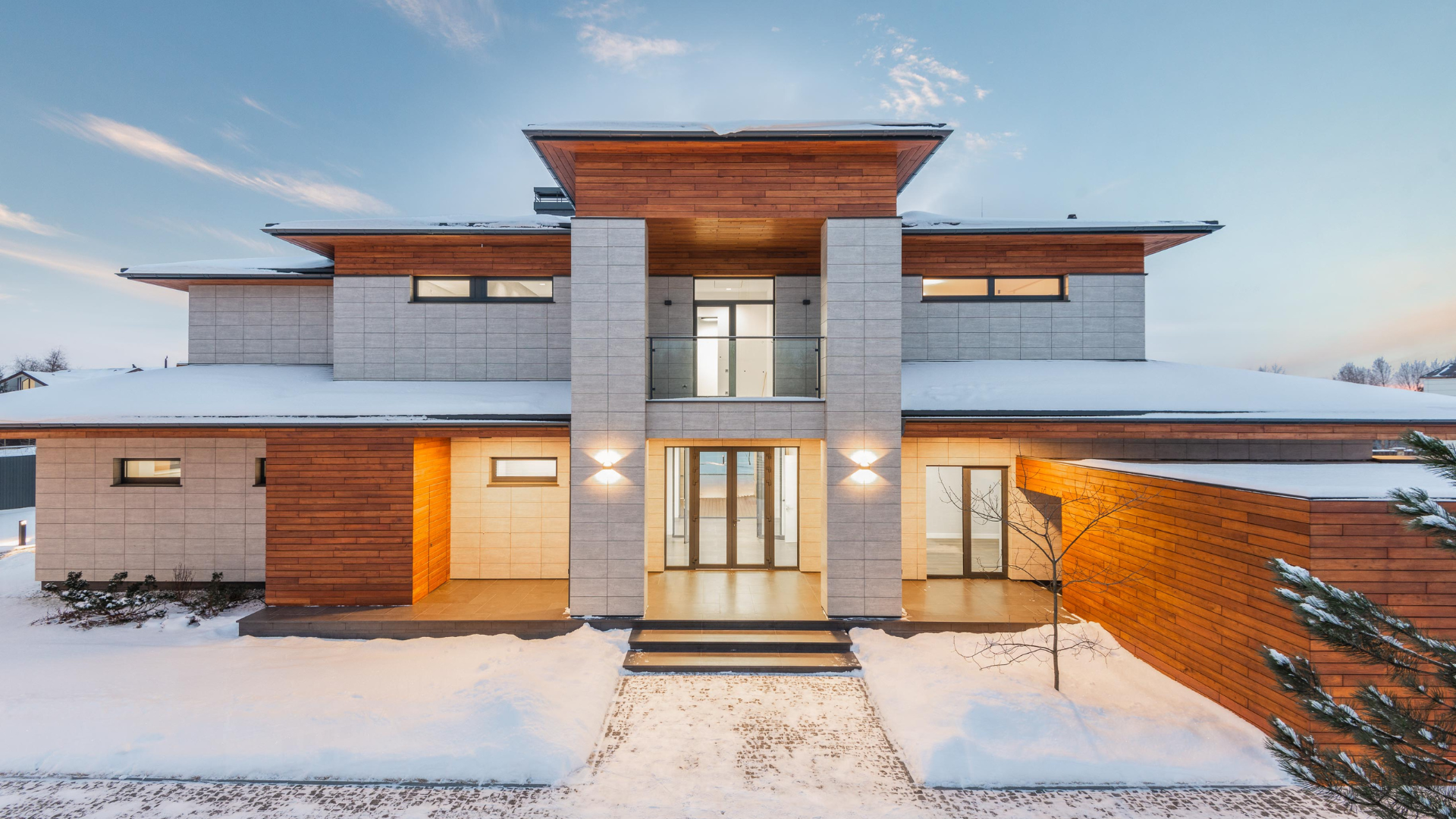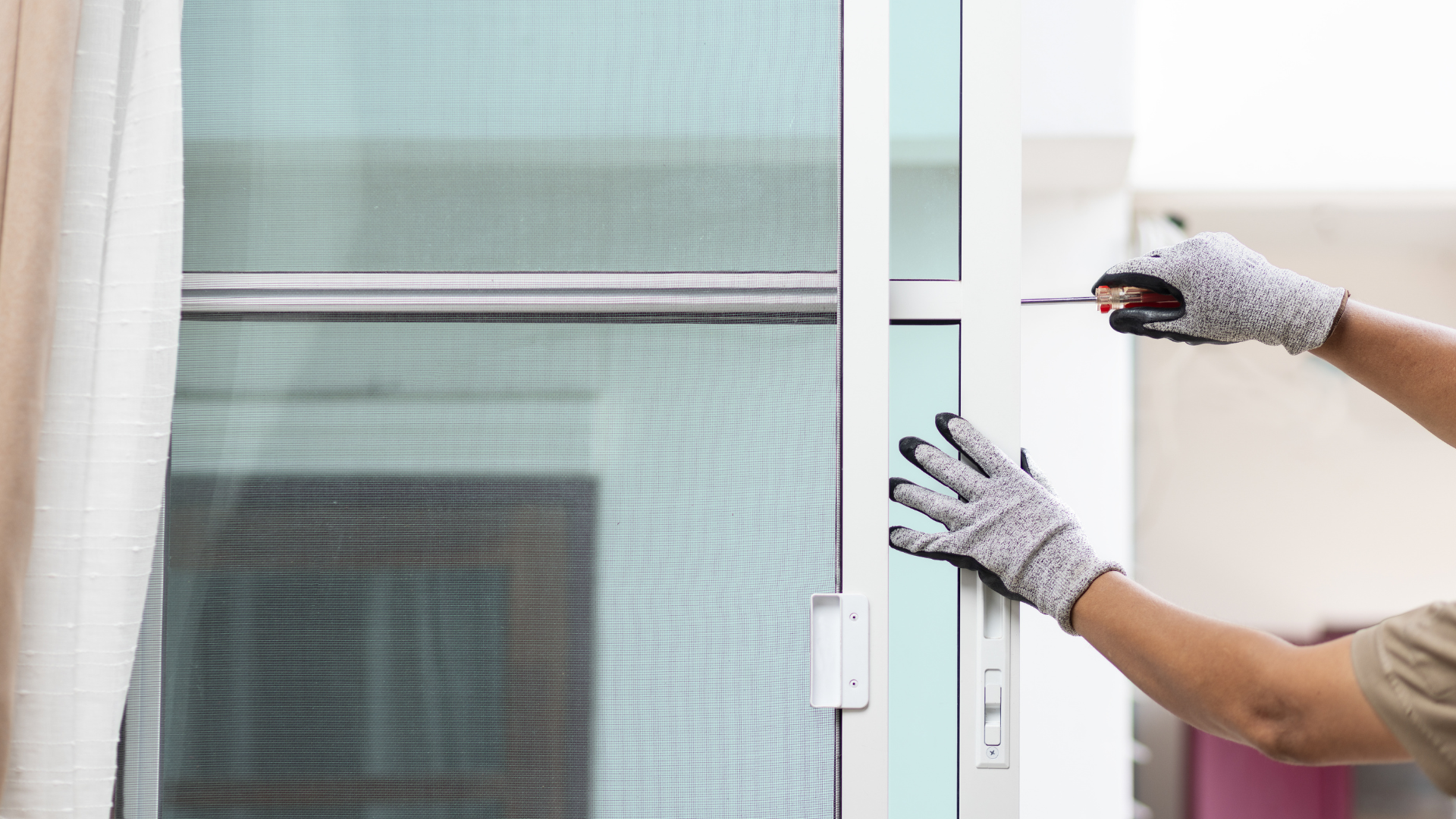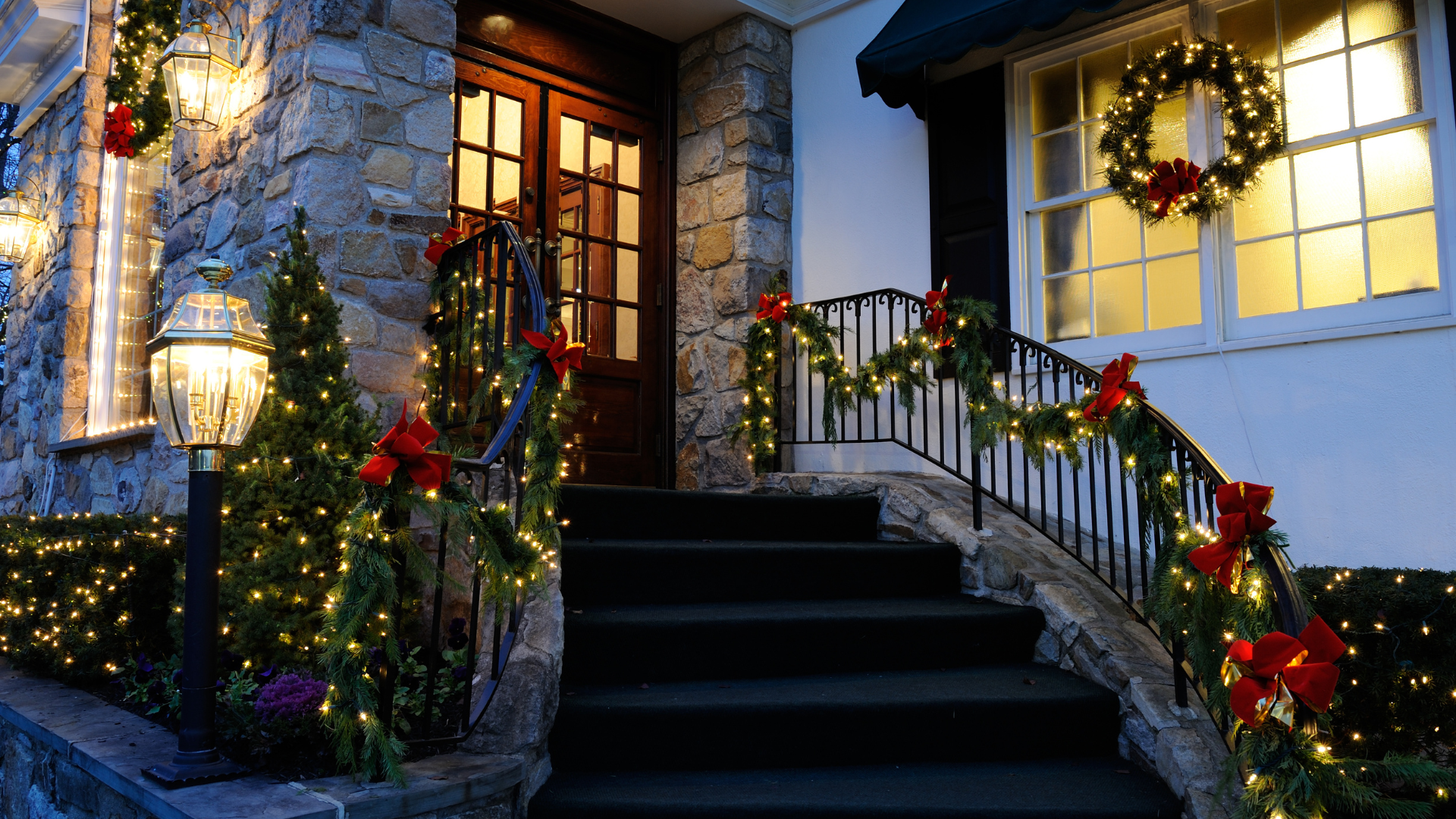Seasonal Guide: Getting the Most Out of Natural Light This Winter
Winter’s shorter days and gray skies can make your home feel darker and less inviting, but with a few adjustments, you can maximize the natural light you do have.

Brightening your space not only improves mood but also helps lower energy costs by reducing the need for artificial lighting.
Clean Windows for Maximum Clarity
Dust, dirt, and streaks can block significant amounts of light from entering your home. Use a microfiber cloth and a streak-free cleaner to clean both the interior and exterior surfaces of your windows. Don’t forget to clean window frames and sills, as these areas can collect debris that further obstructs light.
Light-Enhancing Window Treatments
Replace heavy, dark curtains with sheer or semi-sheer fabrics to allow more light to filter through. If you need privacy, opt for light-filtering roller shades or blinds with a reflective backing that lets in sunlight while maintaining seclusion. Layering treatments, such as pairing sheer curtains with thermal liners, provides insulation without sacrificing brightness.
Rearrange Your Space for Maximum Exposure
To capitalize on natural light, rearrange furniture so it’s closer to windows. Move bulky items, such as bookcases or cabinets, away from windows to prevent them from blocking sunlight. Reflective surfaces, like mirrors or metallic décor, can amplify light by bouncing it further into the room. Position mirrors across from windows for the best effect.
Use Light-Reflecting Paint and Décor
Walls painted in lighter shades can help spread natural light throughout a room. Consider white or soft pastel tones with a semi-gloss finish, as they reflect more light than matte surfaces. Add accents like glass vases, metallic picture frames, or shiny tile backsplashes to further enhance light distribution.
Make the Most of Limited Daylight Hours
Open blinds and curtains early in the morning to capture as much sunlight as possible during the day. If your windows are obstructed by outdoor elements like overgrown bushes or trees, trim them back to allow more light inside.
Maximizing natural light during winter is a simple yet impactful way to create a brighter, more inviting home environment. With these strategies, you’ll banish the winter gloom and enjoy a well-lit, cheerful space.
You might also like


Book a Service Today
We will get back to you as soon as possible
Please try again later
Contact Information
All Rights Reserved | Majestic Doors & Windows


